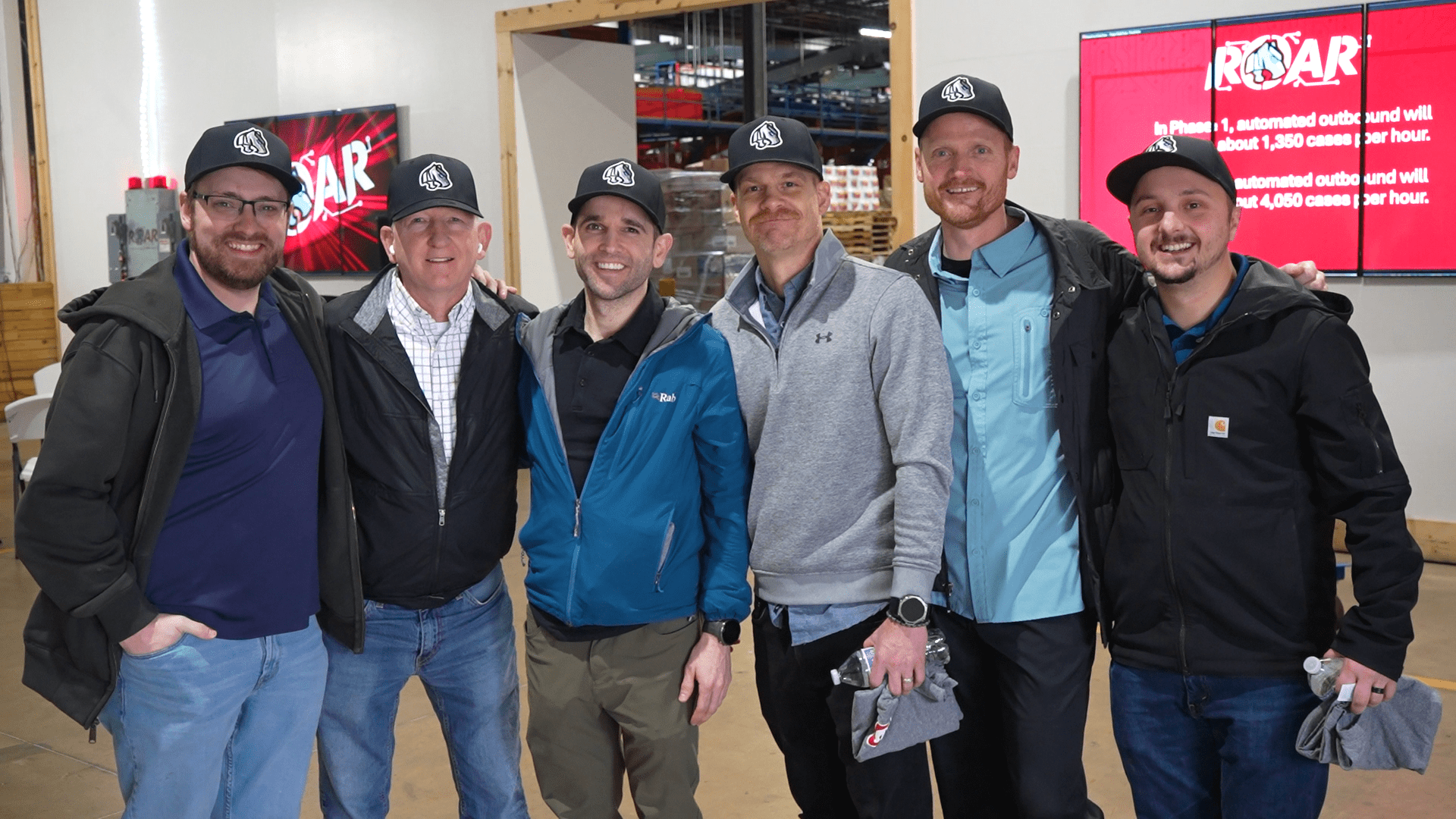As Project ROAR continues to revolutionize automation at AFS’ distribution center, the company’s information technology team has become increasingly important in the project’s progress. For example, Software Architect Jesse Blake has played a pivotal role in ensuring the project’s success.
Initially, IT’s involvement in the project was expected to be minimal, but Jesse quickly became a key player after it became clear that integrating AFS’s host system with Symbotic’s automation platform would require a more efficient and cost-effective approach than originally anticipated.
“What we were trying to do seemed almost impossible at first,” Jesse said. “Circumventing the warehouse management system to connect directly to our host system was a challenge we’d never faced. But through collaboration with the AFS and Symbotic teams, we found a way to make it happen.”
The IT team developed a cutting-edge communication layer between AFS’s legacy host system, the WMS, and Symbotic’s automation platform using C# and .NET technologies. This integration bridged the gap between traditional infrastructure and modern automation, paving the way for a seamless and efficient workflow.
“Without the ability to integrate our core systems effectively, Symbotic simply would not have happened,” Jesse said. “Our team was responsible for building the core solution that allows communication between AFS’s systems and Symbotic, ensuring automation could be successfully implemented.”
Despite the breakthrough, the implementation process presented significant hurdles. One of the biggest challenges was ensuring that bypassing the WMS would not disrupt operations. Leveraging cross-dock processes, Jesse and other team members devised a way to work around this roadblock. However, the real test came during the go-live phase, where ordering discrepancies, data mismatches and invoicing issues had to be resolved in real time. Jesse, along with Ben Burge and others on the IT team, have worked tirelessly to refine the integration processes and make sure that everything is working smoothly as we continue with the new technology in the warehouse.
With the system now in place, the impact on warehouse operations has been transformative. “The biggest improvement is in speed and efficiency,” Jesse noted. “Automation will reduce the need for manual selection while improving accuracy and optimizing logistics. The stability of the higher-cubed pallets will improve damage rates, mispicks, and route efficiency.”
Beyond the technical challenges, one key lesson learned was the importance of data integrity. “Even when the Symbotic system worked flawlessly, we ran into unexpected issues as data flowed through our internal systems. Ensuring seamless end-to-end functionality became a crucial part of our role,” said Jesse.
“We’re very fortunate to have Jesse on our team,” said Justin Johnson, director of logistics. “He started his career with AFS in the inventory department before pursuing a degree in IT program development, giving him first had knowledge of our processes and systems that has been invaluable as we modernize our distribution center.”
Gordon Rose, a programming supervisor at AFS, also praised Jesse’s contributions. “Jesse’s contributions have been amazing. Without his incredible expertise and dedication, we would not have been able to pull off this project at all. Jesse’s ability to take on seemingly impossible challenges and turn them into functional, efficient solutions is remarkable.”
For Jesse and the IT team, the work is not yet done. Fine-tuning the system and preparing for Phase Two remain top priorities. But for now, Jesse takes pride in seeing the system function as intended. “Watching all these systems work together—from order intake to retail invoicing and delivery—has been incredibly rewarding. This project has shown that the future of automation at AFS isn’t just possible; it’s already happening.”


